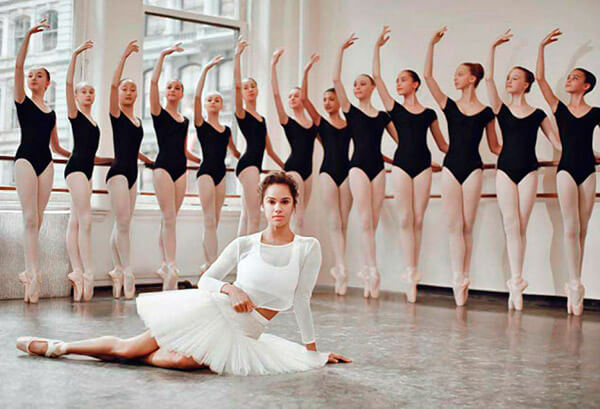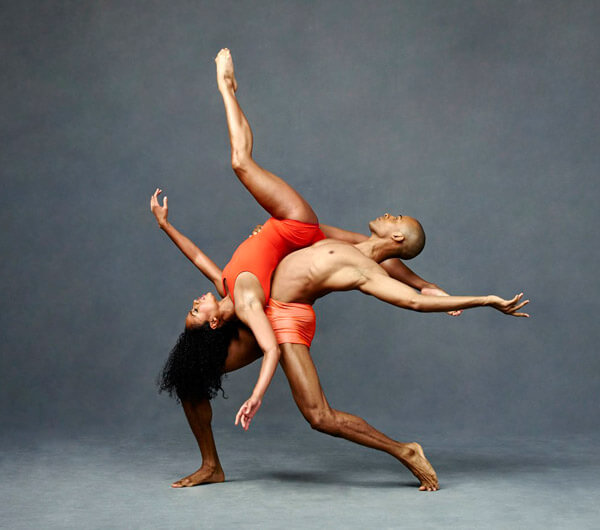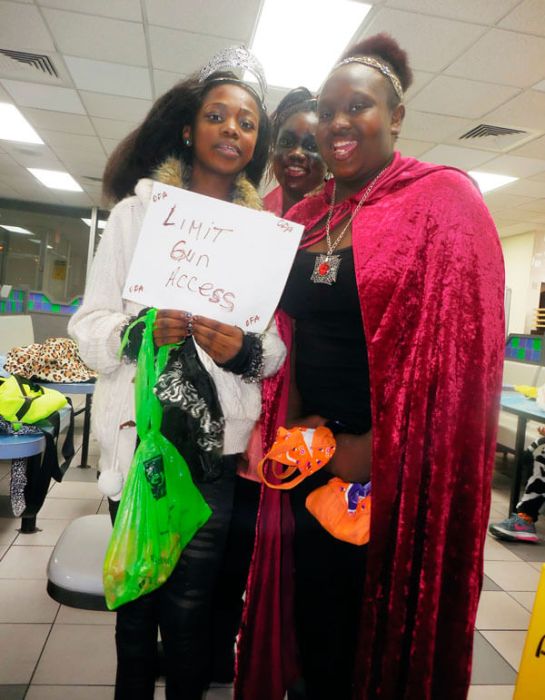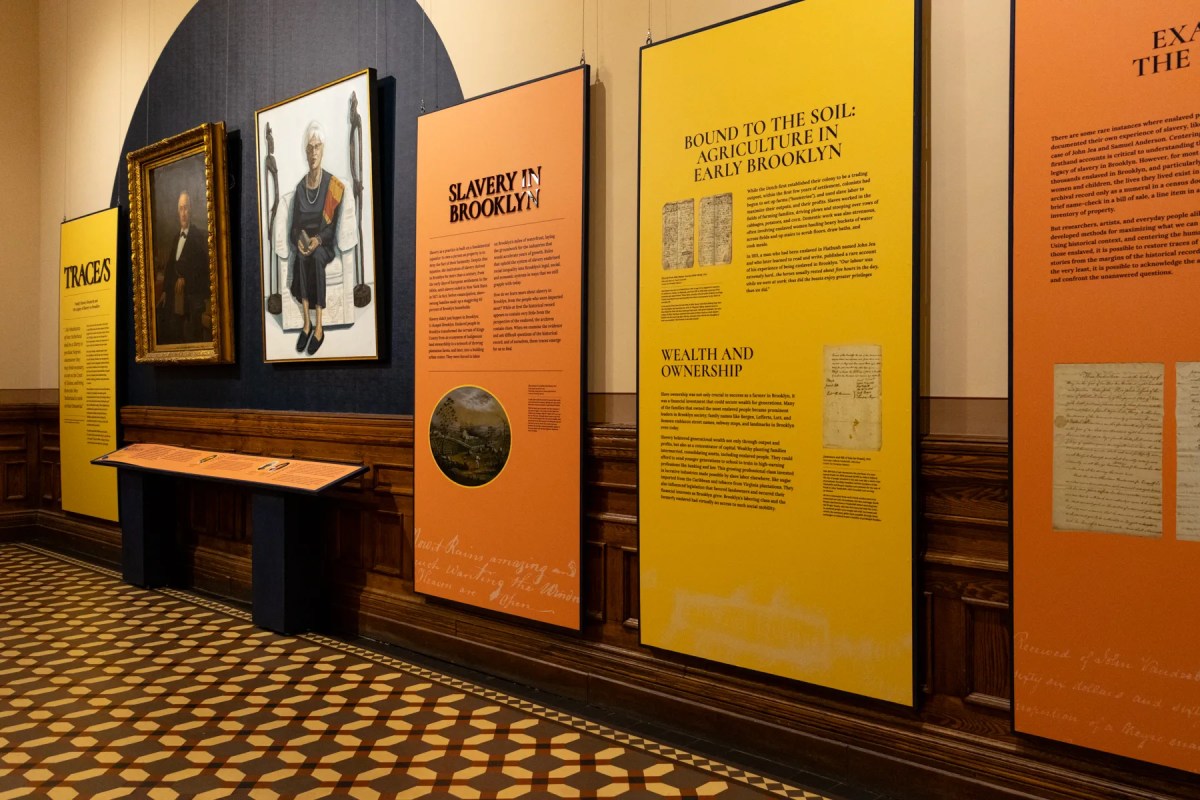I feel deeply that there is a huge, untapped audience of ballet viewers.
And among disadvantaged children, or children of color who are not exposed to
this art form, I believe that ballet provides much to learn. Studies show that dancers
have a very high rate of success in any endeavor they pursue because of the poise an
discipline, both physical and mental, that they must develop practicing their craft.
– Misty Copeland
“This is for the little brown girls,” says Misty Copeland. On the stage of the Metropolitan Opera House, she became the first black woman to perform “in Igor Stravinsky’s iconic role for the American Ballet Theatre,” a renowned dance company. Waiting for this highly-anticipated occasion, in the audience, are a plethora of prominent members of the black community. “I know I will also dance for those who aren’t here, who have never seen a ballet, who pass the Metropolitan Opera House but cannot imagine what goes on inside; they may be poor, like I have been; insecure, like I have been; misunderstood like I have been. I will be dancing for them, too. Especially for them,” states dance prodigy and author Misty Copeland, in her triumphant, miraculous memoir of beating the odds with determination, class and grace.
In “Life in Motion: An Unlikely Ballerina” (Simon & Schuster: A Touchstone Book), Copeland in her early years find stability in ballet as her family moves from a stable home to temporary homes with volatile men entering her mother’s life and that of a continuously growing sibling allotment.
For this indefatigable-spirited human being, the artist, Prince, seeks to collaborate with, ballet does not come without racial scarring and a public legal battle. Copeland loves her family unconditionally. Her calmness, determination and persistent, in pursuing ballet, brings stability into her life.
Copeland is smart and adaptable in any setting. Ballet instructor, Cynthia Bradley, enters Copeland’s life rescuing her from abandoning the art of ballet. While living with Bradley and her artistic family, Copeland began to flourish in ballet. Eight weeks into Bradley’s school, the late ballet bloomer, Copeland, stood en pointe. To Bradley, Copeland was the ideal dancer with the requisite innate skills. “You are perfect,” said Bradley to Copeland. “You’re going to dance in front of kings and queens. You will have a life most people cannot even imagine,” she added. Through Bradley’s mentoring and technique-building classes, Copeland began to evolve into a words that would define her: a prodigy.
In this inspiring book, Copeland does not make any obstacle unconquerable. This artist, producer and director Debbie Allen describes as “dancing in her soul and cannot be imagined doing anything else,” after winning in the L.A. Spotlight Awards, she received offers from major dance companies she auditioned for. The exception was the New York City Ballet. “They did not want me because I was black,” Copeland recalls.
This extraordinary contemporary and classical ballerina’s dream to find an artistic home at the American Ballet Theatre arrives. At fifteen years old, she was recognized by this prestigious ballet company. At twenty-four years old, under the leadership of artistic director Kevin McKenzie, Copeland was elevated to soloist – becoming “the first black to hold this position in 20 years.” At her artistic home, at ABT, the recipient of the Leonore Annenberg Fellowship in the Arts and inductee into the Boys and Girls Club Alumni Hall of Fame, assisted in the building of the ABT’s Project Plie’ and mentors dancers. After the publication of her book, Copeland continues to place her mark on history.


























